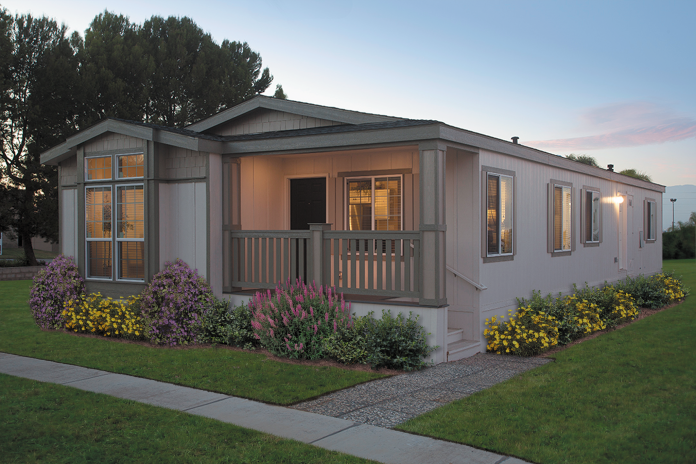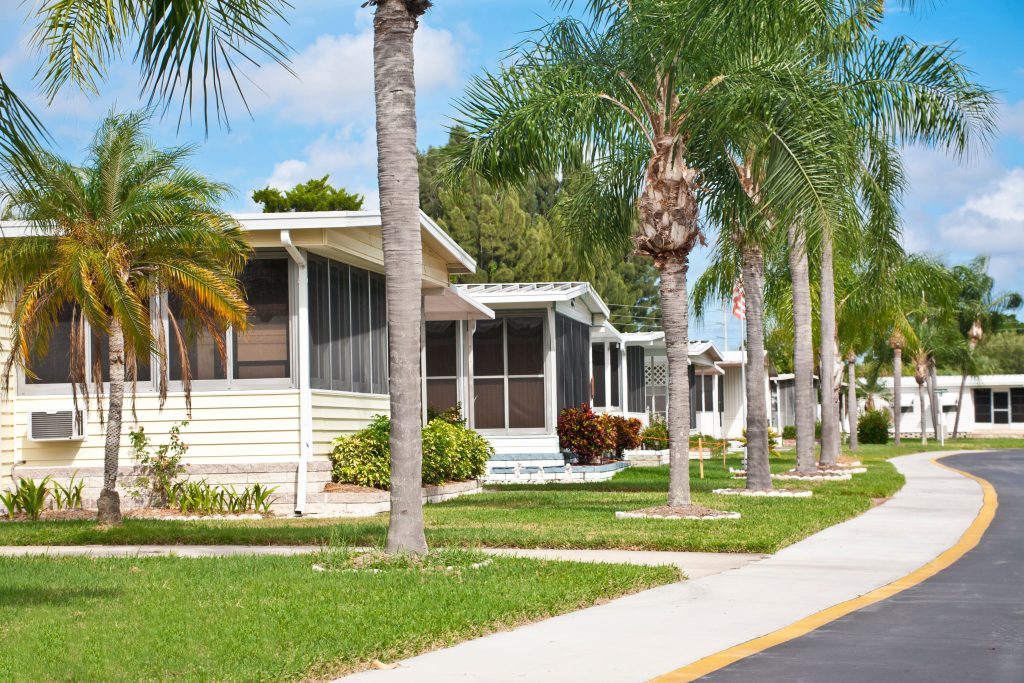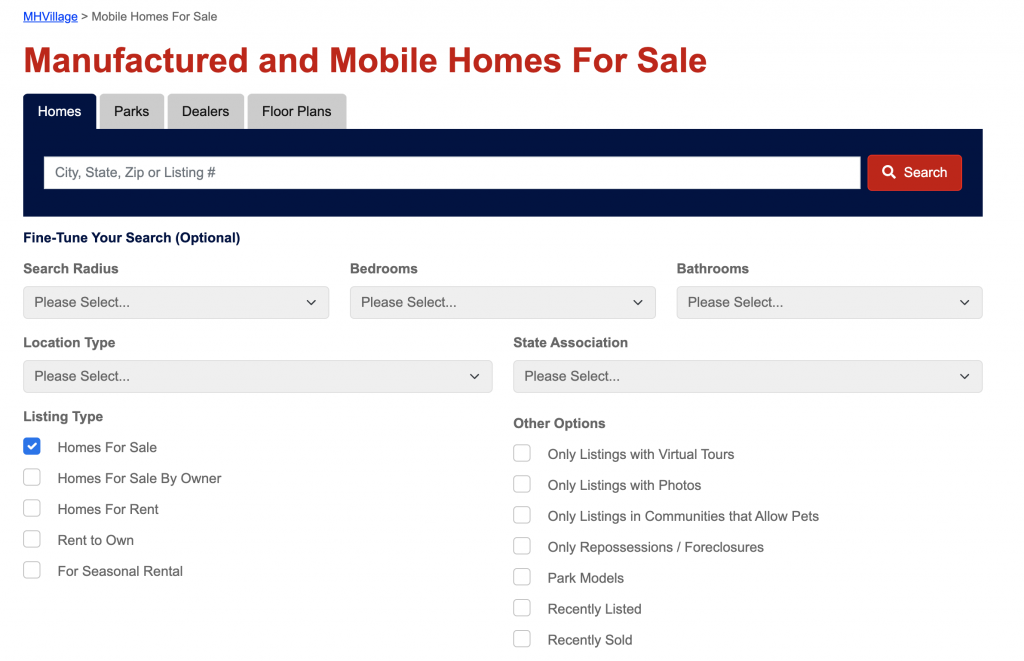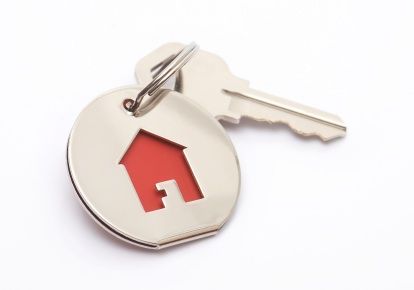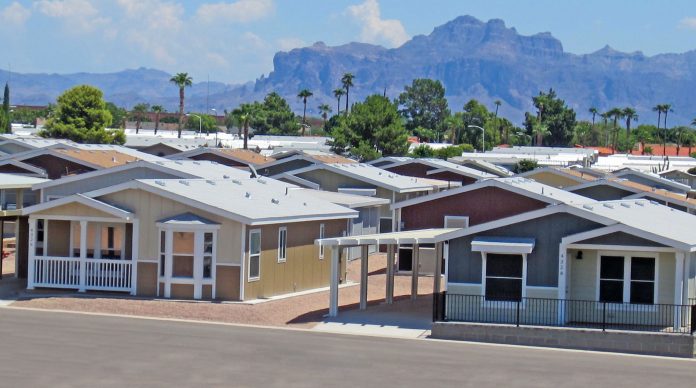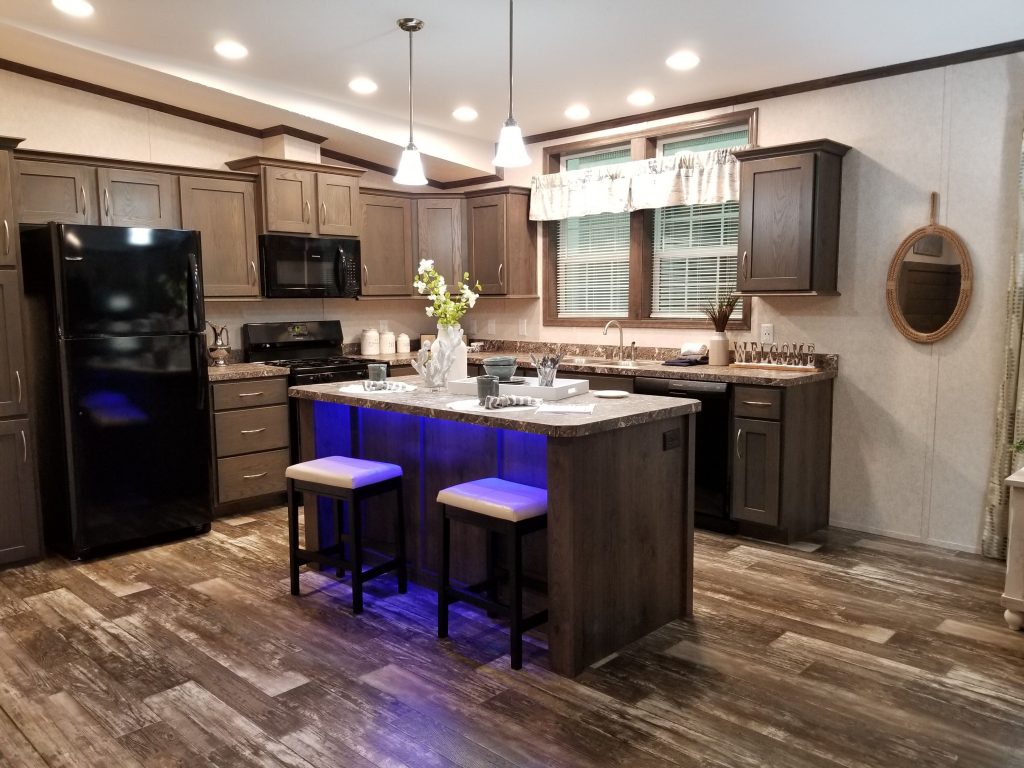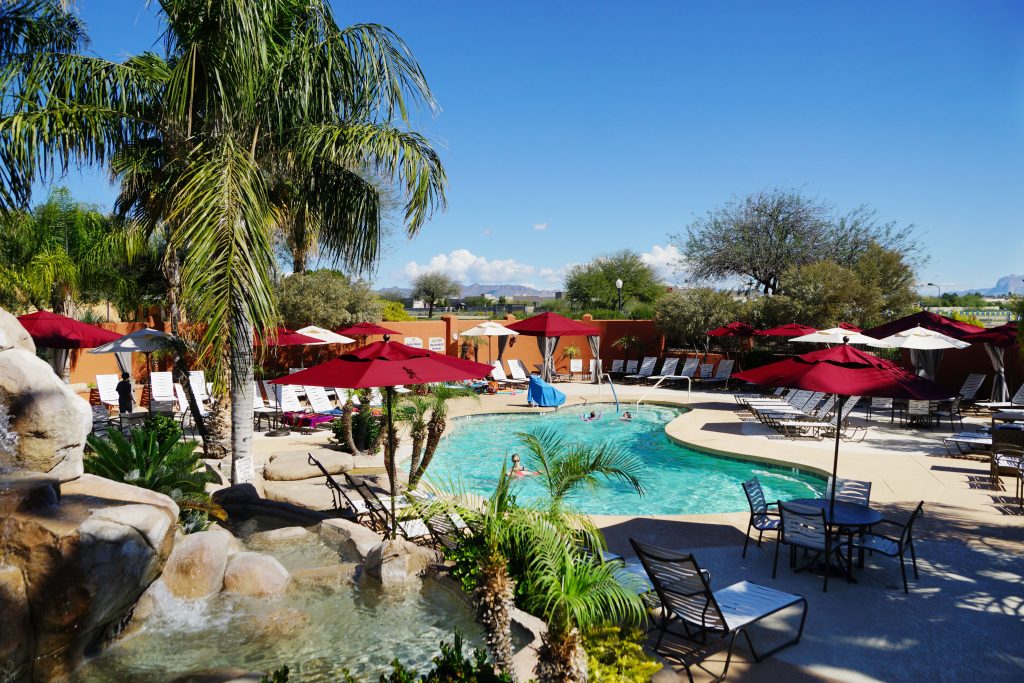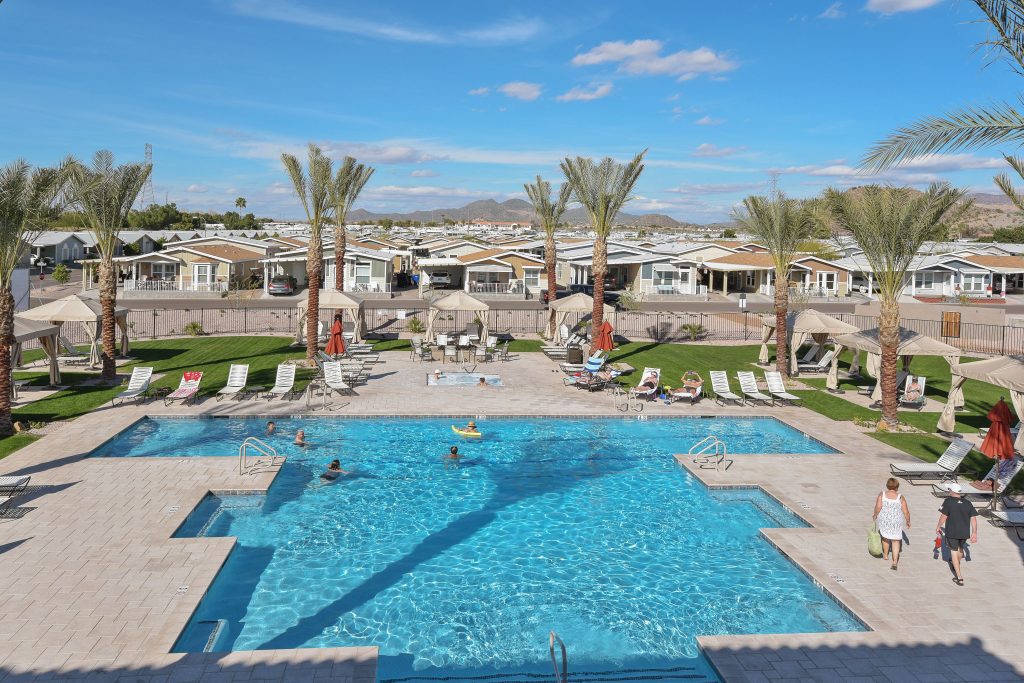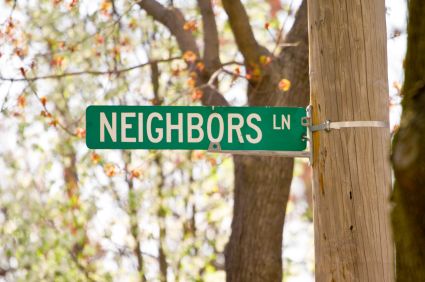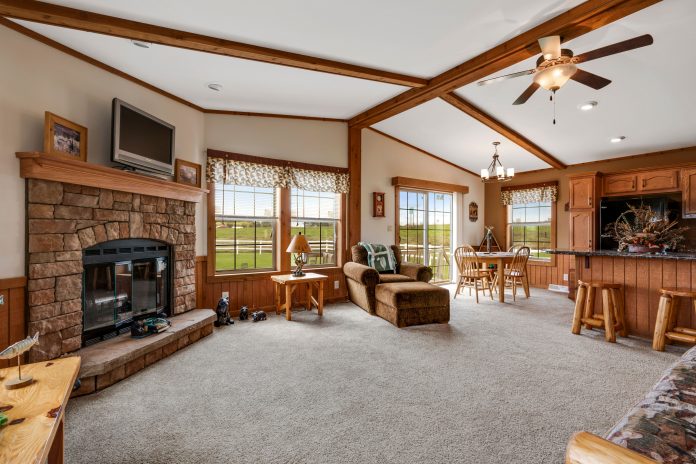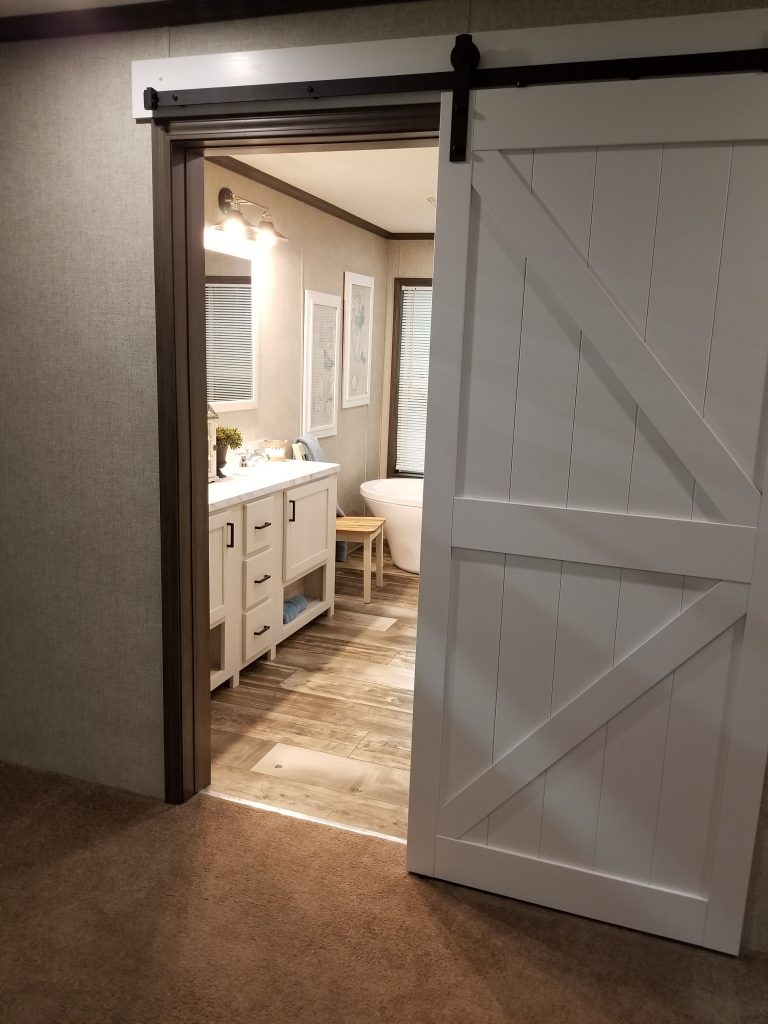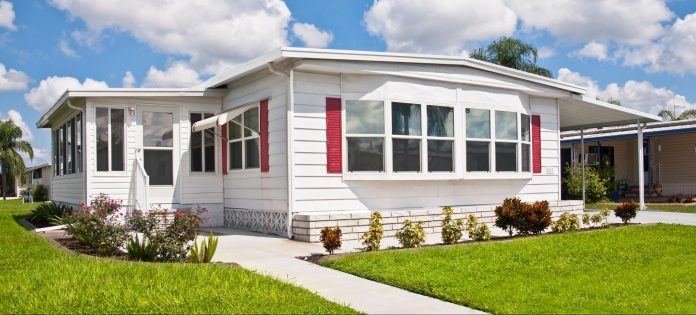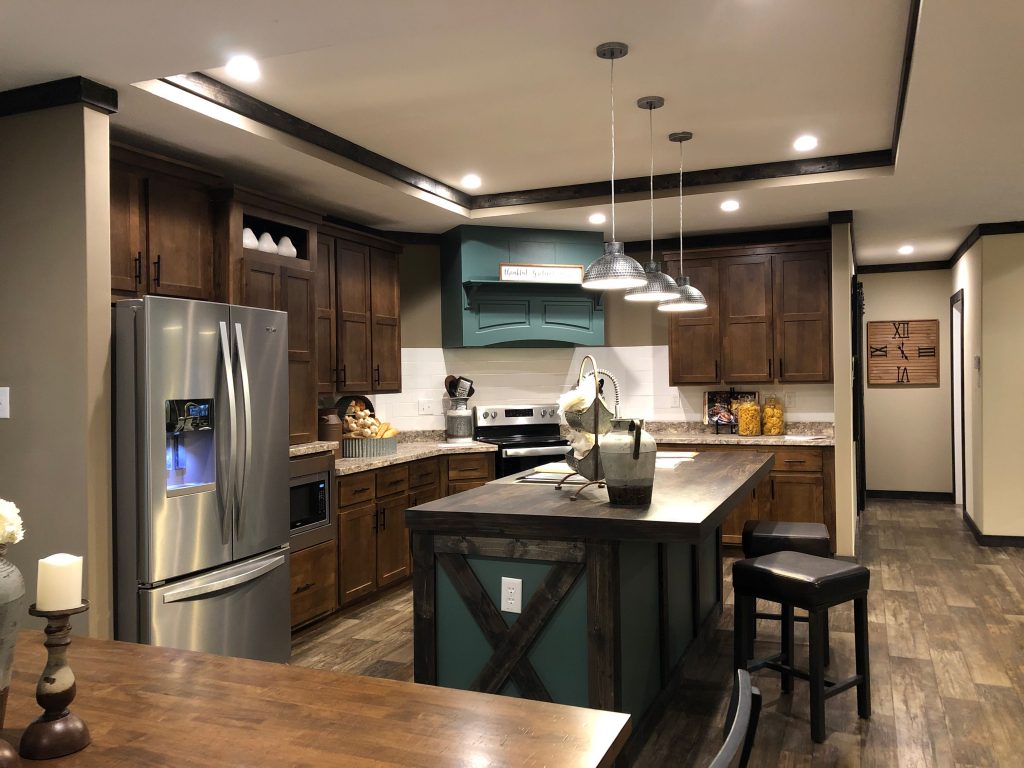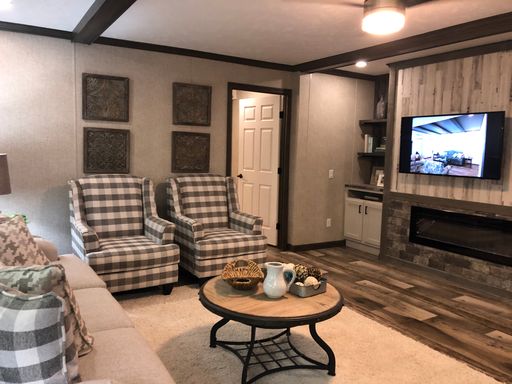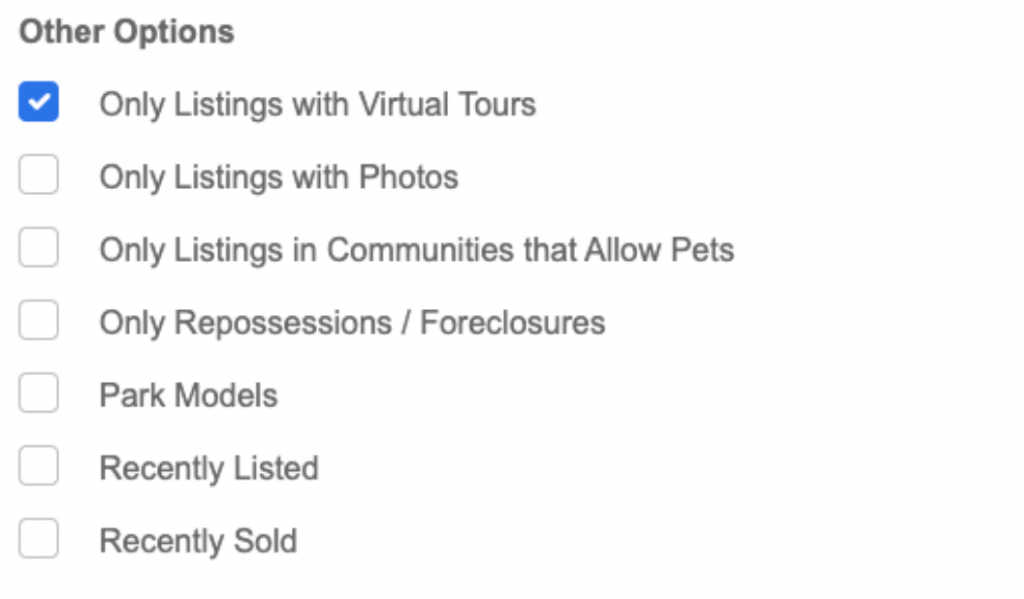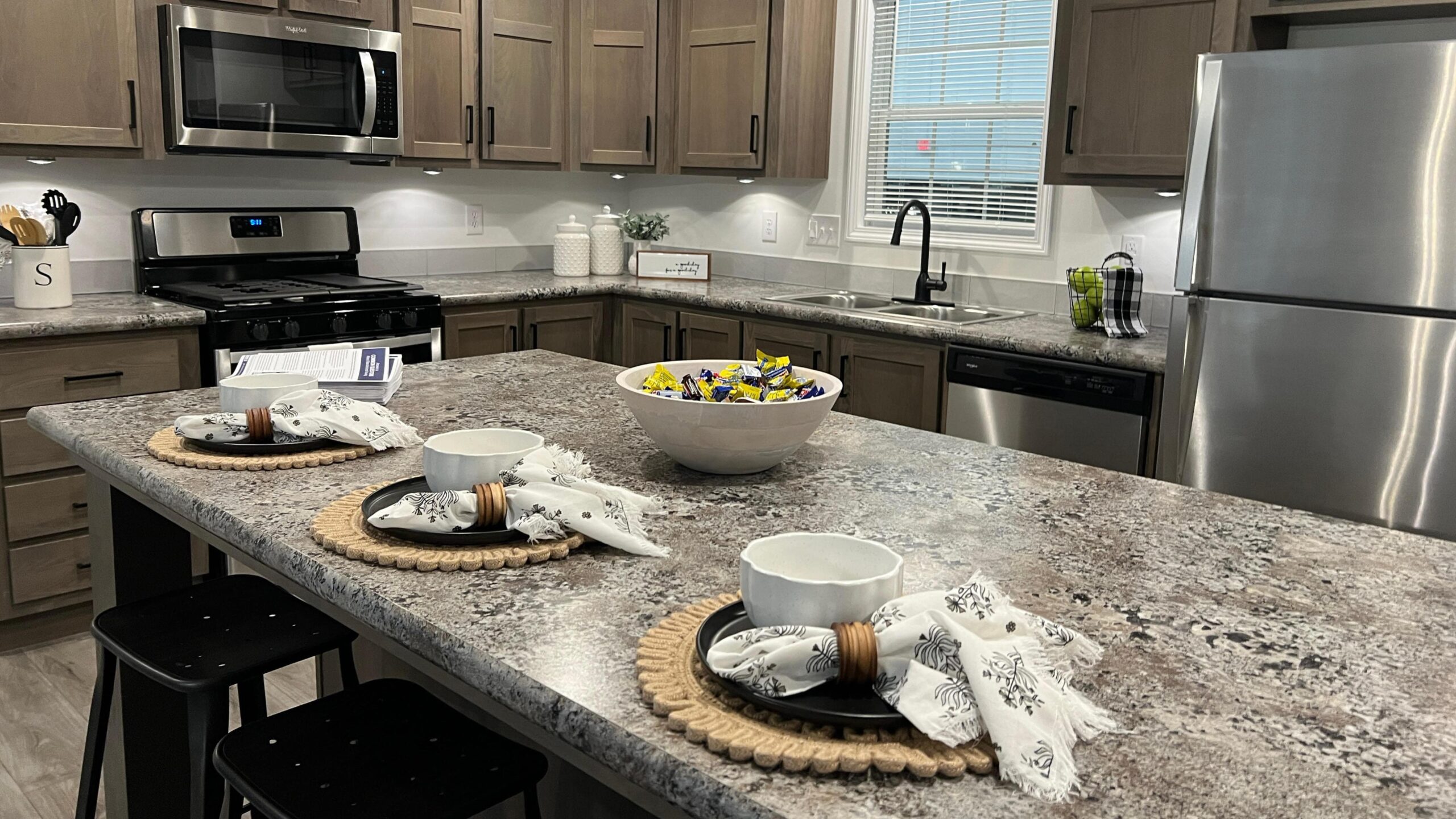Manufactured housing in recent months has seen a boom in activity in nearly every aspect: new home sales, pre-owned home sales, home listings, and so on. And with the surge in housing market activity overall in the past few years, there are a few key states where manufactured homeowners-to-be are flocking to.
Here are seven red-hot states for manufactured housing in 2022, based on MHVillage listing volume:
Florida
Florida is one of the nation’s largest markets for manufactured housing, and for good reason.
The Sunshine State is perfect for many retirees, for instance, looking to move to a warmer climate in their later years. Florida is also a prime market for 55+ manufactured home communities, giving potential residents many options to choose from.
For manufactured home residents of all ages, however, the year-round warm weather and the state’s prime location for oceanside views and tourist attractions make Florida one of the top markets for manufactured housing.
Michigan
Moving further north, Michigan is another market ripe with manufactured home listings across the entire state. Not only is Michigan super affordable for manufactured home buyers, but with a wide array of listings across the state for manufactured homes and communities, you truly have a number of choices when home shopping. Michigan is also widely considered a “top ten” state for cost of living, making it another great option.
The mitten-shaped state is also home to gorgeous national and state parks, beautiful lakeside views (with four of them being rather Great, or so we hear) and something to do nearly everywhere you go.
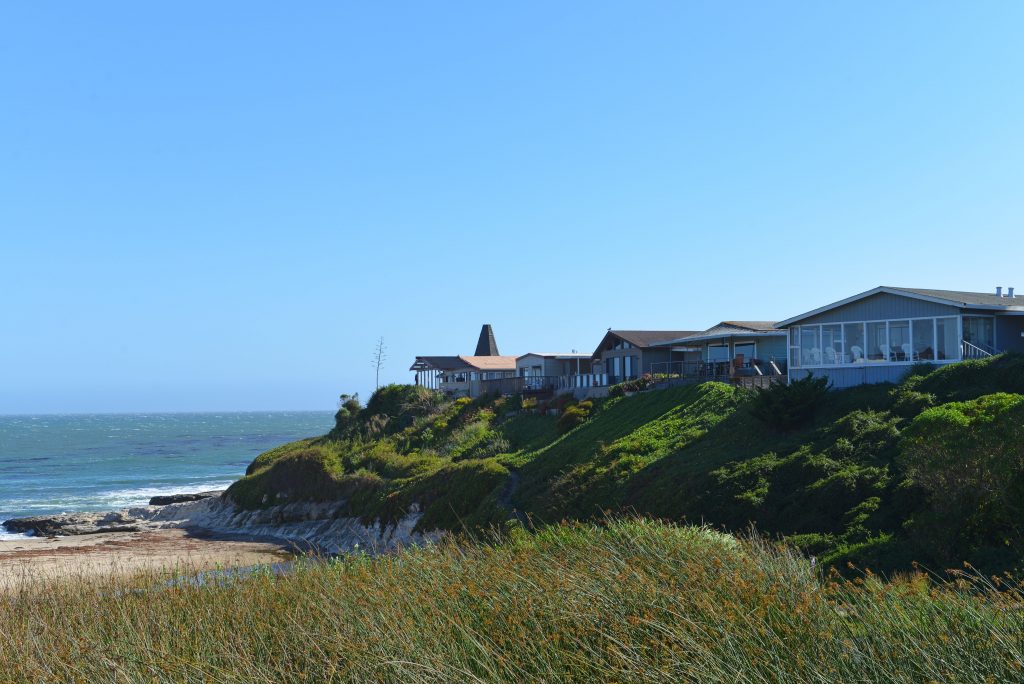
California
On the other side of the country, you’ll find that California manufactured homes are abundant. Nestled all across the state in between palm trees and the occasional mountain, it’s no wonder California is one of the largest markets in the country for manufactured housing.
Thousands of mobile homes in California sell every year because it’s such a high-profile destination for home buyers young and old alike. Oh, and did we mention that California is another state with pristine oceanside views?
Arizona

In between the East and West Coast lies the state of Arizona, another prime market for manufactured housing.
Arizona is particularly popular for manufactured home owners looking for retirement communities. Its year-round warm weather, along with the abundance of manufactured home communities, make it a bustling state to buy a manufactured home.
Indiana
Heading back to the Midwest, homebuyers in Indiana are a part of one of the nation’s top markets because of its affordability and accessibility.
Manufactured homes in Indiana are among some of the most affordable in the country – according to Datacomp sales data from 2021, new manufactured home sales in Indiana average at $69,721 per home, one of the lowest levels in the Midwest.
Texas
Texas is one of the largest states in the entire country, so it would follow that it’s also one of the largest markets for manufactured housing.
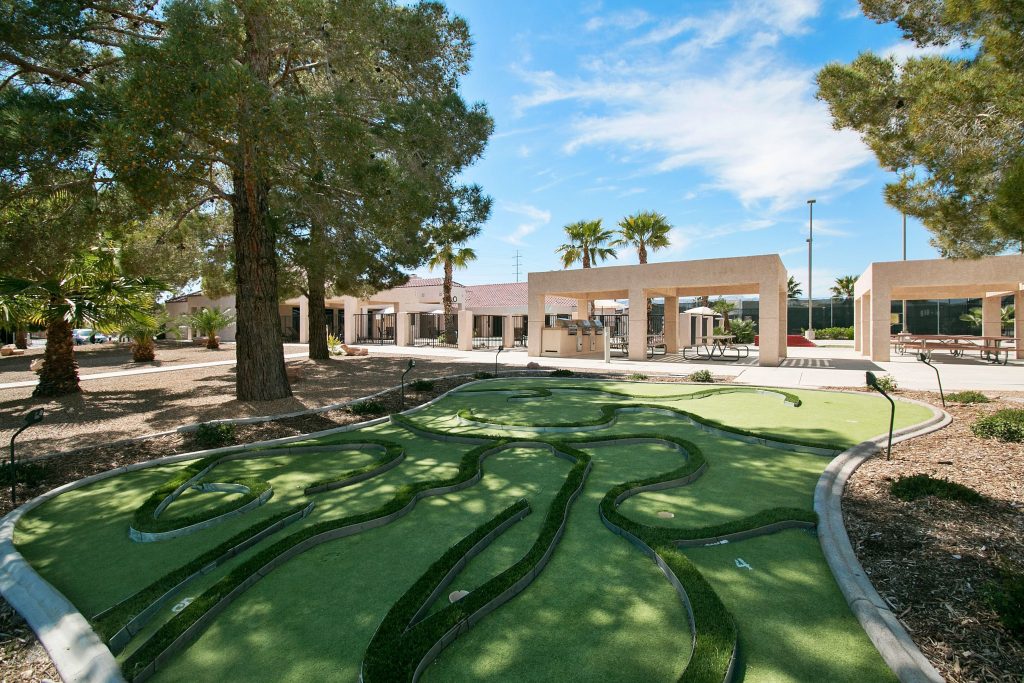
There are hundreds of new and used manufactured homes to buy in Texas at any given point. And with weather that’s warm throughout nearly the entire year and a number of manufactured home communities that are both all-ages and retirement-focused, there’s a manufactured home in Texas for just about anybody.
Illinois
Rounding out our list of top states for manufactured housing is Illinois. Nestled squarely in the Midwest and host to the great Windy City, Illinois is an extremely popular state in the Midwest for manufactured housing.
Why is that? Well, proximity and affordability are two big reasons. Illinois is a large suburban state, with many cities located nearby anything a manufactured home resident would need in their day-to-day lives. Not only that, but Illinois, like its neighbor to the right, is an incredibly affordable state for buying manufactured homes, as new manufactured homes in the state go for around $77,725 on average, based on 2021 Datacomp sales data.
I Want to Move to One of These States. What’s Next?
Manufactured housing in 2022 is the best deal it’s ever been. Affordable homes in scenic markets make for a good combination, after all.
If you’re interested in purchasing or renting a manufactured home in any of these red-hot states, MHVillage has got you covered. Visit MHVillage today to filter your manufactured home search by state and find your dream manufactured home.



